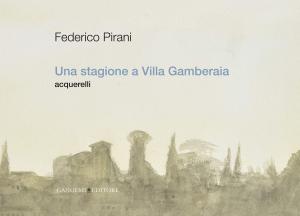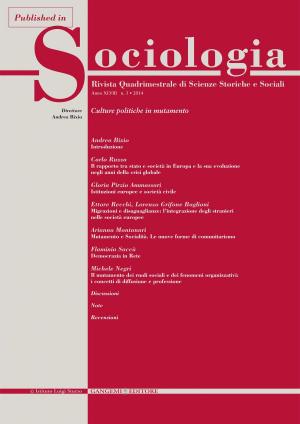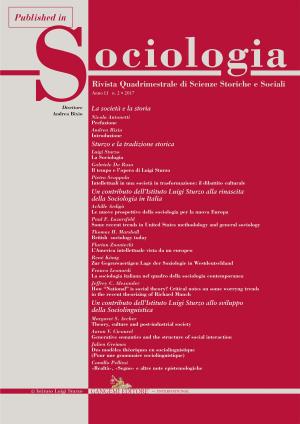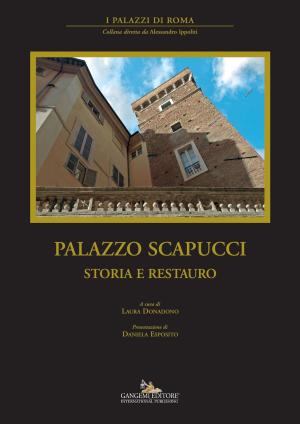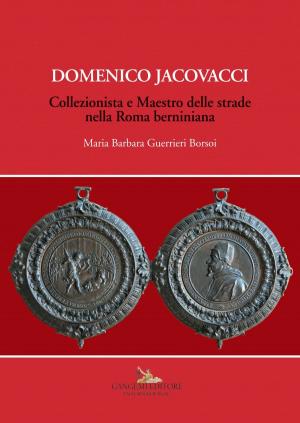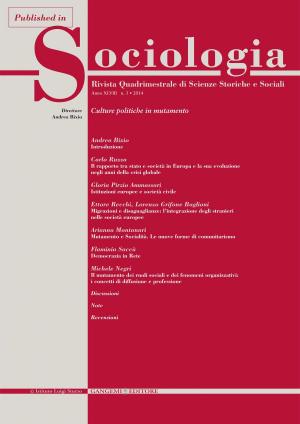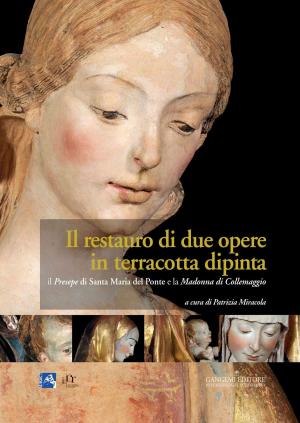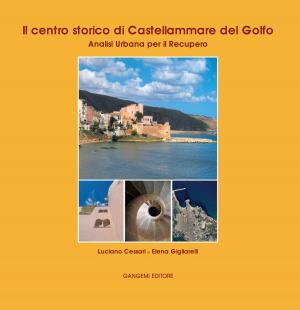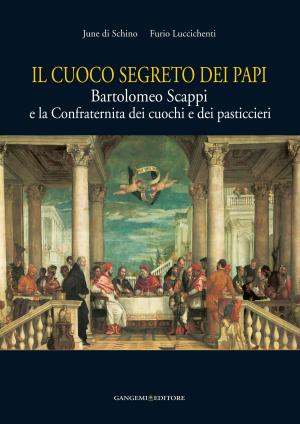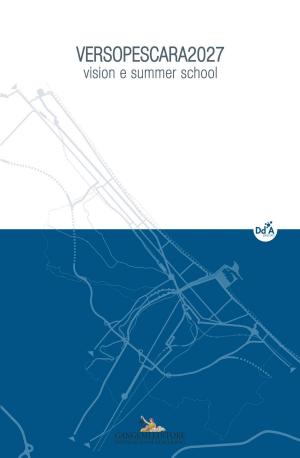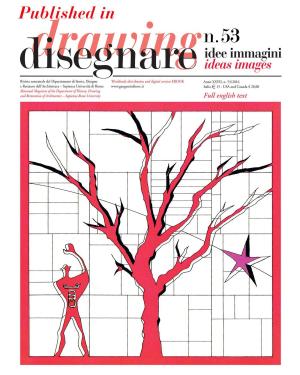Lo spazio domestico mediterraneo - Domestic space in mediterranean
Una casa per il Cairo - A house for Cairo
Nonfiction, Art & Architecture, Architecture, History| Author: | Loredana Ficarelli | ISBN: | 9788849296952 |
| Publisher: | Gangemi Editore | Publication: | October 28, 2015 |
| Imprint: | Gangemi Editore | Language: | Italian |
| Author: | Loredana Ficarelli |
| ISBN: | 9788849296952 |
| Publisher: | Gangemi Editore |
| Publication: | October 28, 2015 |
| Imprint: | Gangemi Editore |
| Language: | Italian |
Collana Archinauti diretta da Claudio D'Amato / Archinauti series edited by Claudio D'Amato L’analisi dell’architettura domestica antica del Cairo ha come campo d’indagine le residenze aristocratiche di epoca mamelucca (XIII-XVI sec. d.C.) ed ottomana (XVI-XVIII sec. d.C.). La peculiarità di queste abitazioni è determinata da due aspetti principali che condizionano fortemente i caratteri del tipo edilizio: il fattore climatico (la necessità di proteggersi dal caldo); la molteplicità delle influenze culturali, che hanno inciso sul graduale processo di aggiornamento e reinterpretazione delle antiche tradizioni costruttive e formali. La casa cairota esprime una forma costruita che trova la sua ragione nei caratteri del contesto ambientale e climatico. Il progetto architettonico si fonda su una stretta relazione di necessità tra istanza tipologica, morfologica e strutturale, nella quale le caratteristiche dei materiali, l’attenzione per il dettaglio e la pregnanza dei sistemi costruttivi consentono di trasfigurare lo strumento tecnologico in elemento di architettura. Nella città di Fustat si consoliderà il primo esempio di quella che sarà la futura casa araba. La casa cairota, tuttavia, costituisce un’eccezione rispetto al processo di fondazione della tradizionale casa araba, dal momento che essa viene privata del ruolo centrale che aveva la corte nelle restanti parti del mondo arabo. Lo spazio denominato qa’a, dedicato all’accoglienza, scandito dalla successione ritmica iwan-durqa’a-iwan, è considerato l’elemento fondativo della casa cairota. Esso costituisce la fine di un processo evolutivo, nel quale la corte ad iwan, abbasside e fatimide, intesa come luogo di abitazione scoperto, si contrae e si trasforma in una sala chiusa: il durqa’a. The analysis of Cairo's ancient domestic architecture covers the aristocratic residences of the Mameluk period (13th-i6th centuries AD) and the Ottoman period (16th-18th centuries AD). The distinctive feature of these dwellings are determined by two main aspects that are primarily responsible for the nature of the building type: the climate (the need to be protected from the sun); and the many cultural influences that have affected the gradual process of updating and reinterpreting the ancient construction and formal traditions. The Cairene house expresses a constructed form the reason behind which is the character of the environmental and climatic context. The architectural design is based on a close relationship of need between typological, morphological and structural requirements, in which the characteristics of the materials, the attention to detail and the significance of the construction systems make it possible to transform technological instruments into architectural elements. The first example of the future Arab house is consolidated in the city of Fustat. However, the Cairene house is an exception to the process of the foundation of Arabic houses, from the point when it loses the central role played by courtyards in the rest of the Arab world. The space known as the qa'a, a dedicated reception area, characterized by the rhythmic layout iwan-durqa'a-iwan, is considered the foundational element of the Cairene house. It is therefore the end of an evolutionary process, in which the Abbasid and Fatimid courtyard with iwans, understood as an uncovered living area, is transformed into a closed room: the durqa'a. Loredana Ficarelli (Foggia, 1957) è professore ordinario in Composizione architettonica ed urbana presso il Dipartimento di Scienze dell’Ingegneria Civile e dell’Architettura (DiCAR) del Politecnico di Bari. Loredana Ficarelli (Foggia, 1957) is a Professor in Architectural and Urban Design at the Department of Civil Engineering and Architecture (DiCAR) of the Polytechnic University of Bari.
Collana Archinauti diretta da Claudio D'Amato / Archinauti series edited by Claudio D'Amato L’analisi dell’architettura domestica antica del Cairo ha come campo d’indagine le residenze aristocratiche di epoca mamelucca (XIII-XVI sec. d.C.) ed ottomana (XVI-XVIII sec. d.C.). La peculiarità di queste abitazioni è determinata da due aspetti principali che condizionano fortemente i caratteri del tipo edilizio: il fattore climatico (la necessità di proteggersi dal caldo); la molteplicità delle influenze culturali, che hanno inciso sul graduale processo di aggiornamento e reinterpretazione delle antiche tradizioni costruttive e formali. La casa cairota esprime una forma costruita che trova la sua ragione nei caratteri del contesto ambientale e climatico. Il progetto architettonico si fonda su una stretta relazione di necessità tra istanza tipologica, morfologica e strutturale, nella quale le caratteristiche dei materiali, l’attenzione per il dettaglio e la pregnanza dei sistemi costruttivi consentono di trasfigurare lo strumento tecnologico in elemento di architettura. Nella città di Fustat si consoliderà il primo esempio di quella che sarà la futura casa araba. La casa cairota, tuttavia, costituisce un’eccezione rispetto al processo di fondazione della tradizionale casa araba, dal momento che essa viene privata del ruolo centrale che aveva la corte nelle restanti parti del mondo arabo. Lo spazio denominato qa’a, dedicato all’accoglienza, scandito dalla successione ritmica iwan-durqa’a-iwan, è considerato l’elemento fondativo della casa cairota. Esso costituisce la fine di un processo evolutivo, nel quale la corte ad iwan, abbasside e fatimide, intesa come luogo di abitazione scoperto, si contrae e si trasforma in una sala chiusa: il durqa’a. The analysis of Cairo's ancient domestic architecture covers the aristocratic residences of the Mameluk period (13th-i6th centuries AD) and the Ottoman period (16th-18th centuries AD). The distinctive feature of these dwellings are determined by two main aspects that are primarily responsible for the nature of the building type: the climate (the need to be protected from the sun); and the many cultural influences that have affected the gradual process of updating and reinterpreting the ancient construction and formal traditions. The Cairene house expresses a constructed form the reason behind which is the character of the environmental and climatic context. The architectural design is based on a close relationship of need between typological, morphological and structural requirements, in which the characteristics of the materials, the attention to detail and the significance of the construction systems make it possible to transform technological instruments into architectural elements. The first example of the future Arab house is consolidated in the city of Fustat. However, the Cairene house is an exception to the process of the foundation of Arabic houses, from the point when it loses the central role played by courtyards in the rest of the Arab world. The space known as the qa'a, a dedicated reception area, characterized by the rhythmic layout iwan-durqa'a-iwan, is considered the foundational element of the Cairene house. It is therefore the end of an evolutionary process, in which the Abbasid and Fatimid courtyard with iwans, understood as an uncovered living area, is transformed into a closed room: the durqa'a. Loredana Ficarelli (Foggia, 1957) è professore ordinario in Composizione architettonica ed urbana presso il Dipartimento di Scienze dell’Ingegneria Civile e dell’Architettura (DiCAR) del Politecnico di Bari. Loredana Ficarelli (Foggia, 1957) is a Professor in Architectural and Urban Design at the Department of Civil Engineering and Architecture (DiCAR) of the Polytechnic University of Bari.

